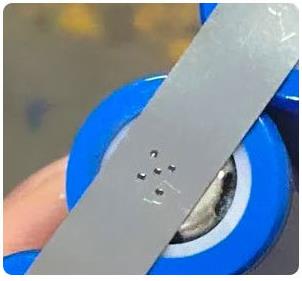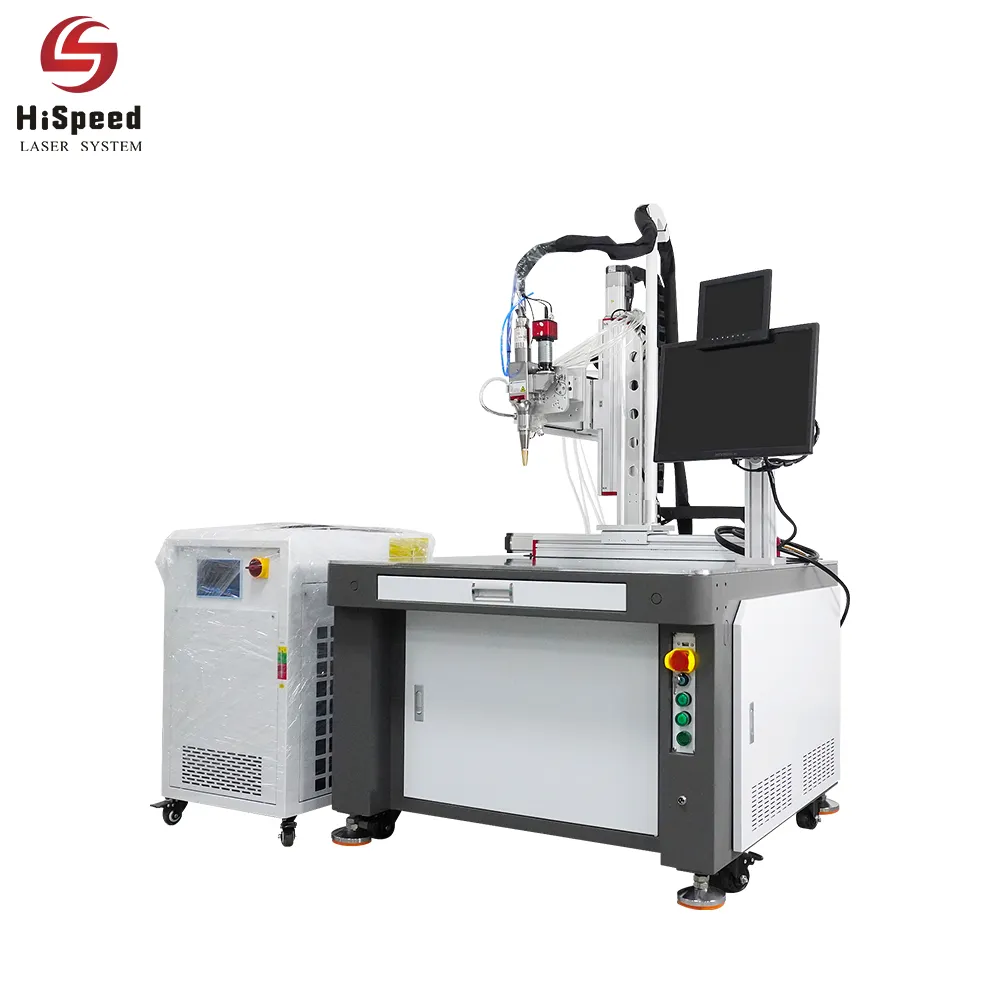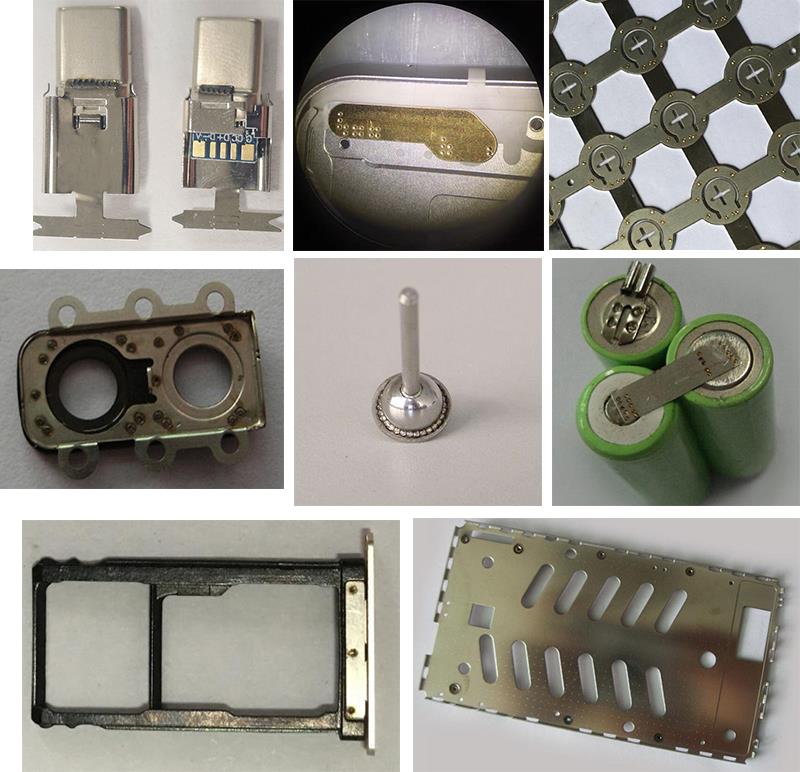Laser welding is becoming increasingly popular nowadays. Since it is a non-contact process, many complex tasks can be accomplished with it. You might be thinking the same for laser welding battery cells. But which battery laser welding machine should you choose? What is the standard way of selecting the correct device?
This article presents the standard method for selecting the right battery laser welding machine. It will also suggest the two best battery laser welders that might suit your needs. One of these machines is ideal for large-scale production, and the other one is suitable for small-scale production. However, both are robust and efficient battery laser welding machines.
How to Choose a Battery Laser Welding Machine?
To choose an efficient machine, you must consider a few key factors. These factors will help you get a machine according to your plans and needs. It will also ease your battery welding journey.

Application Needs
Before choosing a battery laser welding machine, consider your specific application. What type of material will you work on? What is the thickness of your tab or cell? Also, think about your battery types, like 18650, 21700, pouch cells, or prismatic cells. On top of that, the kind of production is also an essential factor to consider.
Every machine has a unique capability or specific application. Taking these factors into account might help you make your decision.
If we have to be more specific about machines’ suitability, then go for a pulse laser welder. It is suitable for most battery types.
Battery spot welding machines are ideal for parallel batteries, while battery pack laser welding is beneficial for EVs and power tools. Lastly, battery tab laser welding is efficient for pouch cells.
Type of Battery Cells
Out there, there are many different types of battery cells you may find. Among them, three types are the most common ones.
Cylindrical cells are the most popular among the other two types. It is especially popular for use in many consumer electronics. These battery cells are strong and commonly used in everyday electronics. Typical examples include power tools, flashlights, portable fans, and many more. These battery cells are also widely used for EVs.
Pouch cells, on the other hand, are lightweight and flexible and are used in phones or drones. Prismatic cells can save space because of their flat shape and are utilized in laptops.
Battery Laser Welding Machine Specifications
When you choose a laser welding machine, laser specifications play a crucial role. In this case, the key area you must focus on is the laser type, power range, accuracy, and other relevant specs.
Laser power
Most batteries come with nickel tabs or foils. A laser welder with power ranging from 200W to 500W is typically enough for this job. You might opt for lower power than 200W for nickel strips ranging from 0.1mm to 0.15mm. You may also opt for higher power, more than 500W, for thicker materials or multiple tabs. Overall, select the power types based on application, thickness, and production size.
Laser Pulse Frequency
Using a pulse laser in laser tab welding is common and helps achieve better results. 50 to 200 Hz frequencies are usually suitable for deep welding. Besides, higher frequencies like 1 kHz to 5 kHz are preferable for fast and seam welding.
Welding speed
For thin laser tab welding, the optimal speed range is 10 to 100 mm/s. In contrast, the recommendation for thick welding speed is 100 to 300 mm/s. These differences lie in power and application requirements.
Weld Head Sizes
The laser weld head size typically ranges from 0.1mm to 3mm. If you need precise welding, you can use a spot size of 20-50 µm. This type of welding head is ideal for low heat and thin materials.
On the other hand, a larger head (3 mm) is enough to work on thicker busbars or prismatic cells.
Controllability (Manual vs Automatic)
Manual control is suitable for small batch production and flexible jobs. It requires manual labor to operate the process, which may incur extra costs.
The automated system is perfect for large-scale projects. The system may seem costly, but it is profitable in the long run and requires lower maintenance.
Working Area
You should select a working area according to your project’s needs. What is the size of your battery? How many batteries can the working area hold per shot?
Usually, a manual station offers 400×400 mm for small modules, while a gantry system ranges between 600 and 1000mm or more.
Total Ownership Cost
The total ownership cost typically includes everything from buying the machine to running it. When deciding between different laser welding machines for batteries, you must assess how much you can make from them. Here, total ownership cost plays a crucial role.
After-Sale Services
When choosing a company, also consider their customer service. Do they offer installation support, training, a guarantee, free replacement parts, and quick repairs? A proficient manufacturer always offers these services to make themselves more accountable.
Best Battery Laser Welding Machines in 2025
To make this research even more efficient, we brought you two popular battery laser welding machines. Both of these devices are widely used for battery production.
Battery Fiber Laser Welding Machine (1500W to 3000W)
This model from HiSpeed Laser comes with the latest technology, with a digital UI. It offers smooth and continuous bonding. It has an XYZ positioning table and high accuracy placement. The machine has been designed in such a way that it can handle diverse work without any errors. Also, its efficiency enhances the streamlining of the production.
HiSpeed Laser also offers 1500W, 2000W, and 3000W power selection flexibility in one machine. Customers find it helpful and can customize the power according to their needs.

QCW Battery Fiber Laser Welding Machine (750W to 1500)
If you’re looking to work with ultra-thin materials, consider this model, the QCW battery fiber laser welding machine. It can weld around 2000 lugs in just one hour. In this process, it reaches approximately 20 points/s, which is a huge speed. Thus, the machine can effectively save welders’ time.
As it is a versatile machine, you can efficiently work on different types of materials. Examples include ultra-thin stainless steel, capacitor cases, hard disks, sensors, and so on.
Final words!
Ready to choose the right battery laser welding machine? Feel free to contact us for any questions you have. Whether you want to discuss how to set up your business or business scopes, reach out to our experts.

